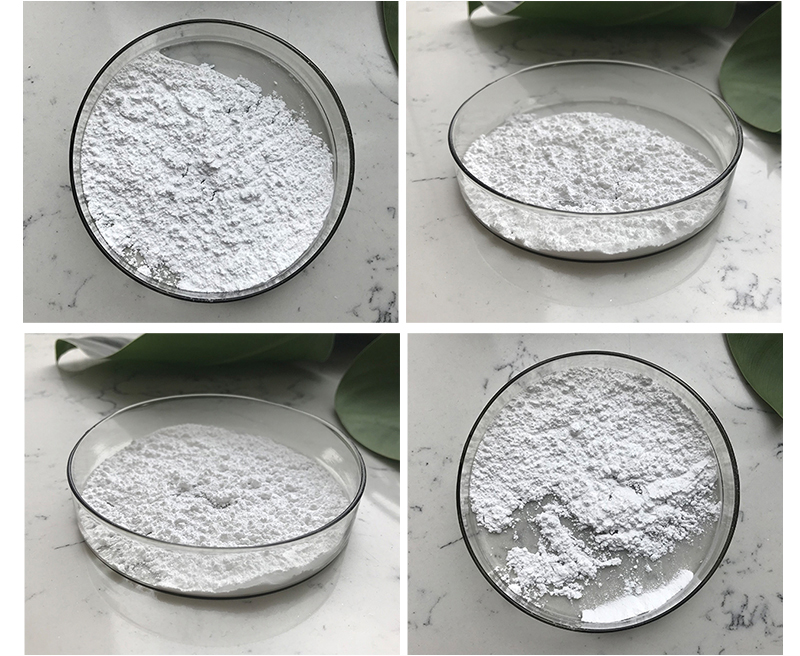Ge-132, also known as germanium-132 or bis(carboxyethyl germanium sesquioxide), is an organic germanium compound that has been studied for its potential health benefits. It’s important to note that while some research suggests potential benefits, the information available might not be exhaustive or up-to-date, as my knowledge only goes up until September 2021. Here’s an overview of the general materials and methods used in researching Ge-132:
Materials of Ge-132:
- Ge-132 Compound: This is the main material of interest. Ge-132 is an organogermanium compound with the chemical formula [GeCH2CH2COOH]2O3. It’s available in supplement form and can be synthesized in a laboratory.
- Cell Lines or Animals: Depending on the research, either cell lines (in vitro studies) or animals (in vivo studies) might be used. Cell lines could include human cell lines or those from other animals, while animal models could range from rodents to larger animals.
- Control Group: To draw meaningful conclusions, researchers often compare the effects of Ge-132 with a control group that does not receive the compound. This helps in identifying the specific effects of Ge-132.

Methods of Ge-132:
1.Cell Culture Studies (In Vitro):
- Cell Culture: Human or animal cell lines are grown in controlled conditions in a lab dish. Cells are treated with varying concentrations of Ge-132.
- Viability Assays: Researchers assess cell viability using methods like MTT assay or trypan blue staining to determine if Ge-132 affects cell growth or causes toxicity.
- Gene Expression Analysis: Techniques like RT-PCR might be used to evaluate changes in gene expression in response to Ge-132 treatment.
- Protein Analysis: Western blotting or ELISA could be used to examine changes in protein expression.
2.Animal Studies (In Vivo):
- Animal Selection: Researchers choose appropriate animal models (mice, rats, etc.) that reflect the conditions they want to study.
- Dosing: Animals are administered Ge-132 through various routes (oral gavage, injection, etc.) and at different concentrations.
- Observations: Researchers observe the animals for physiological, biochemical, and behavioral changes over a defined period.
- Tissue Analysis: After the study period, tissues are harvested for analysis. Techniques like histology, immunohistochemistry, and biochemical assays are used to assess changes at the cellular and molecular levels.
3.Biochemical Analysis:
- Oxidative Stress Markers: Ge-132’s potential antioxidant properties might be studied by measuring markers of oxidative stress, such as reactive oxygen species (ROS) levels or antioxidant enzyme activities.
- Immunological Analysis: Researchers might explore effects on the immune system by measuring cytokine levels or immune cell activities.
- Bioavailability Studies: Researchers might investigate how well Ge-132 is absorbed, distributed, metabolized, and excreted by the body.
4.Statistical Analysis:
- Statistical Tests: Data is analyzed using appropriate statistical methods to determine if the observed effects of Ge-132 are statistically significant.
5.Ethical Considerations:
- Animal Welfare: In animal studies, researchers must adhere to ethical guidelines for the humane treatment of animals.
- Human Studies: If human trials are conducted, informed consent and ethical approval from relevant institutional review boards are essential.
Remember, the methods can vary greatly depending on the specific research objectives and the nature of the study. It’s important to refer to peer-reviewed scientific literature for the most accurate and up-to-date information on Ge-132 research.
